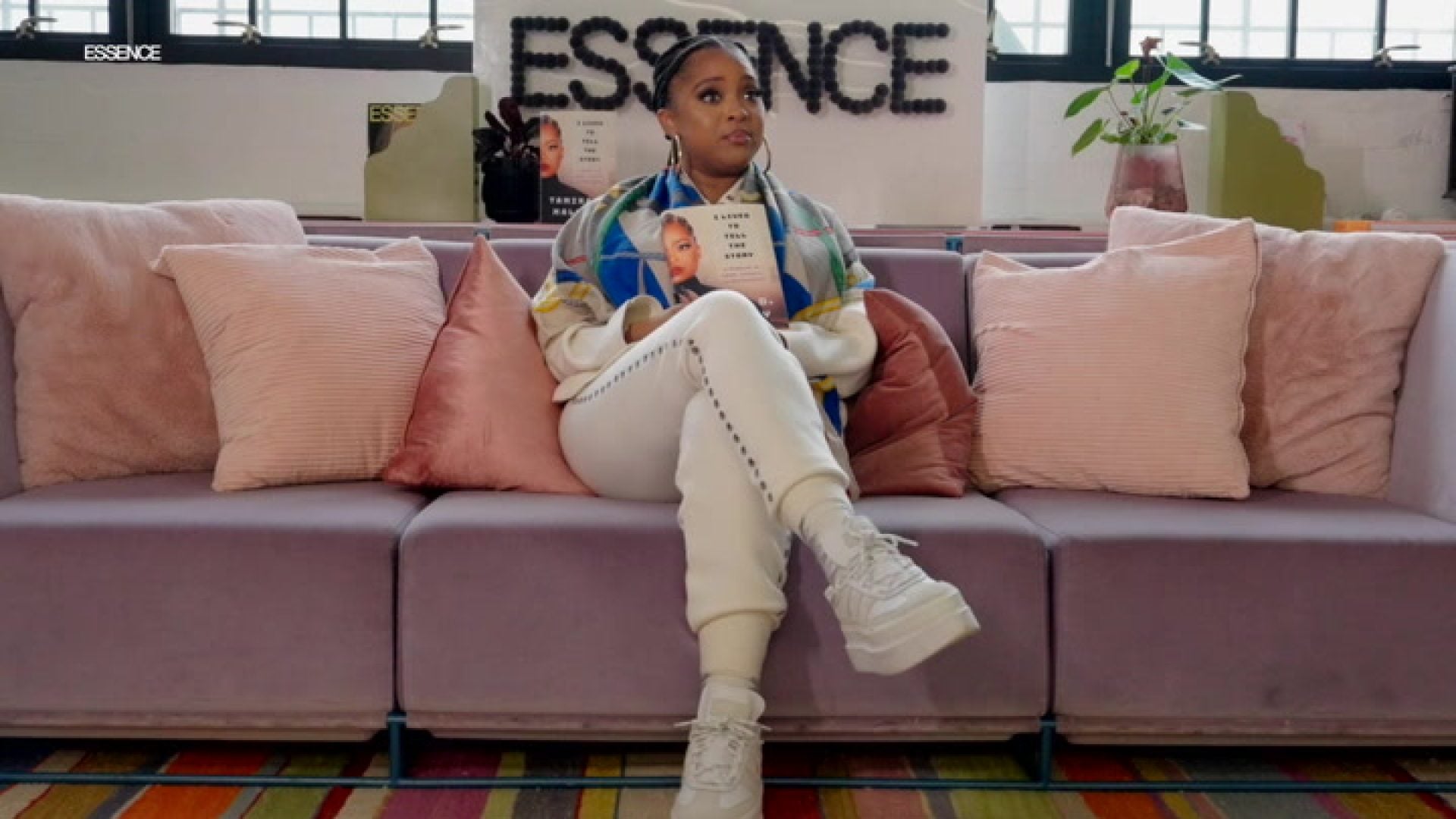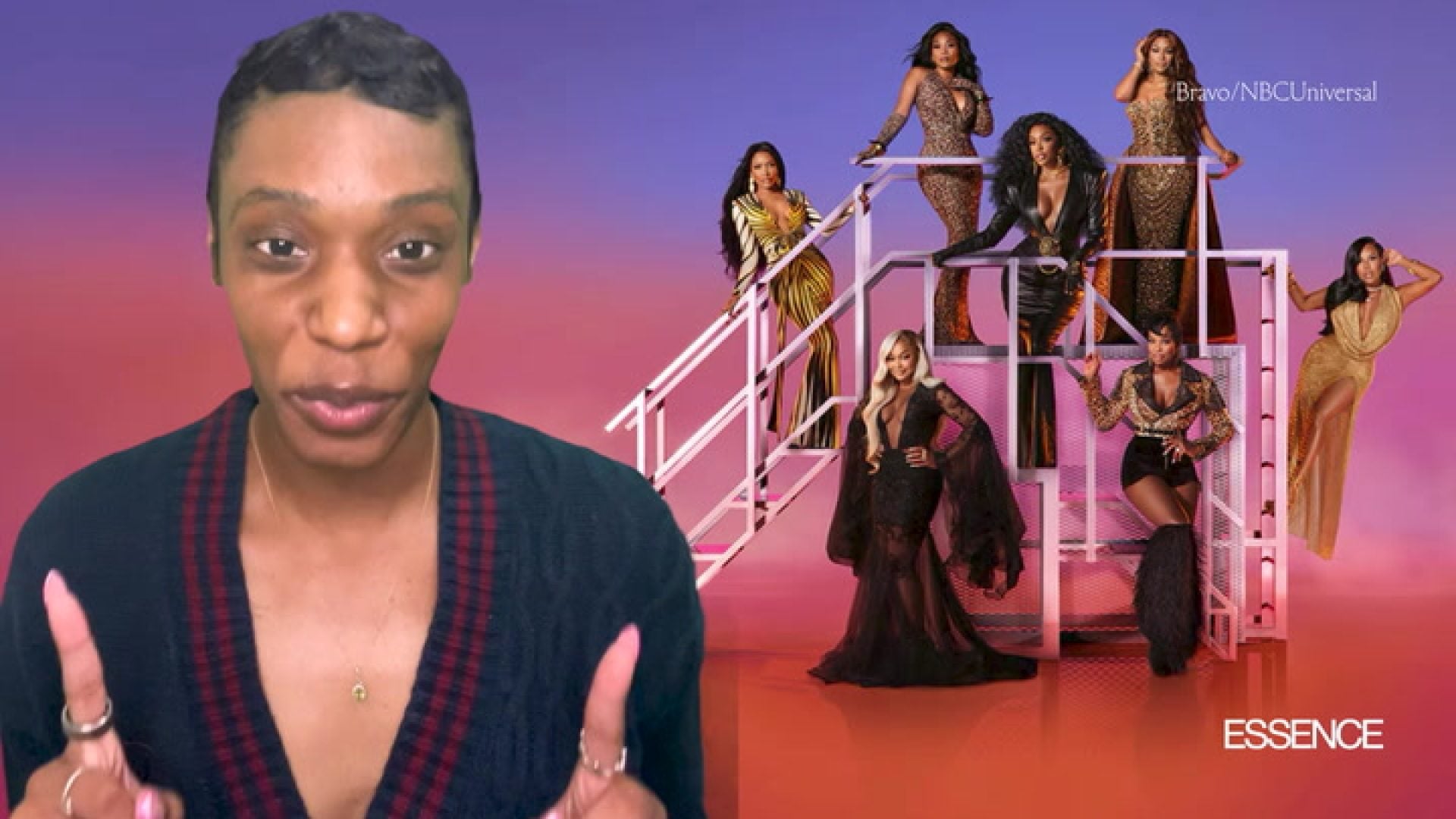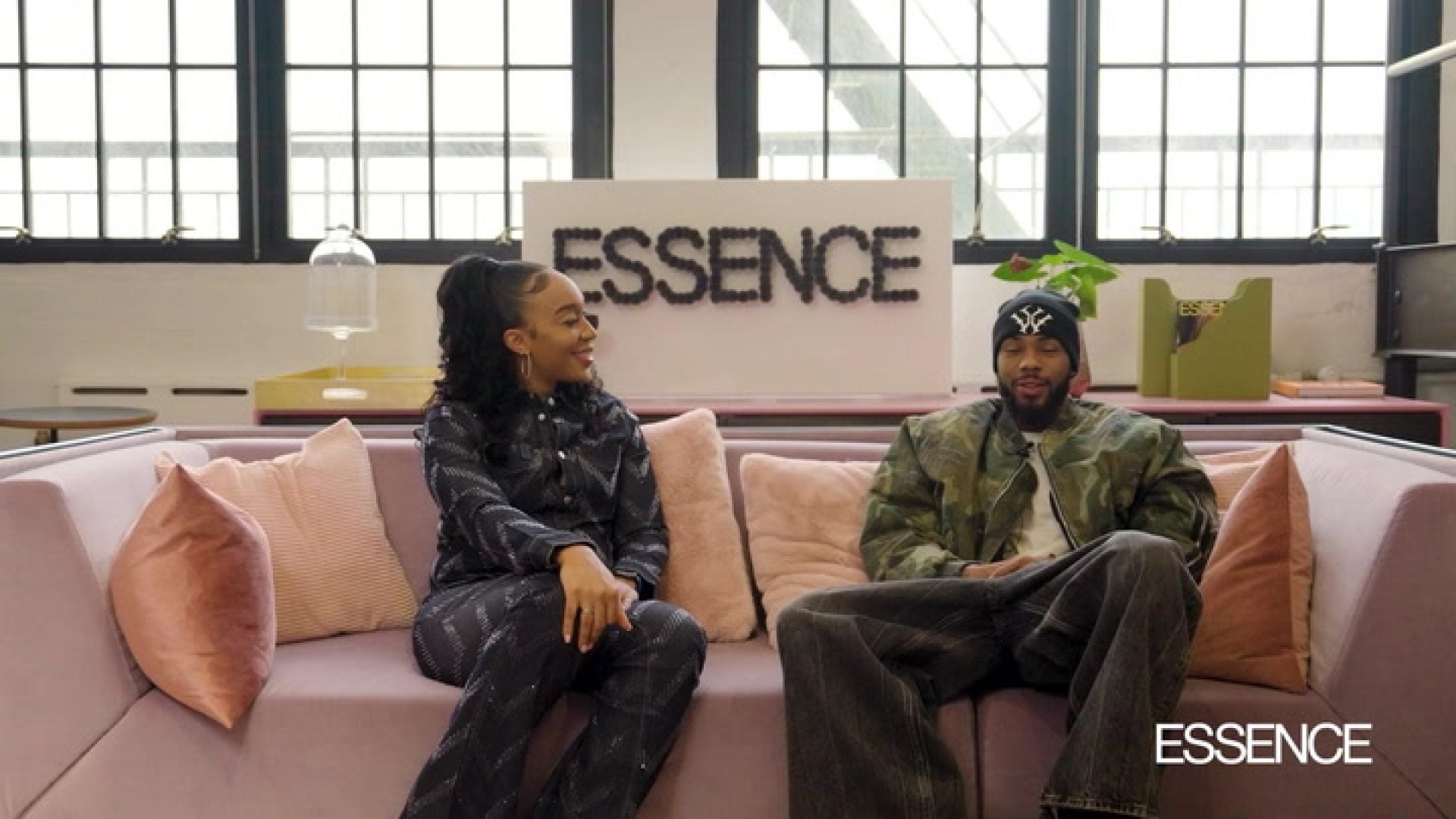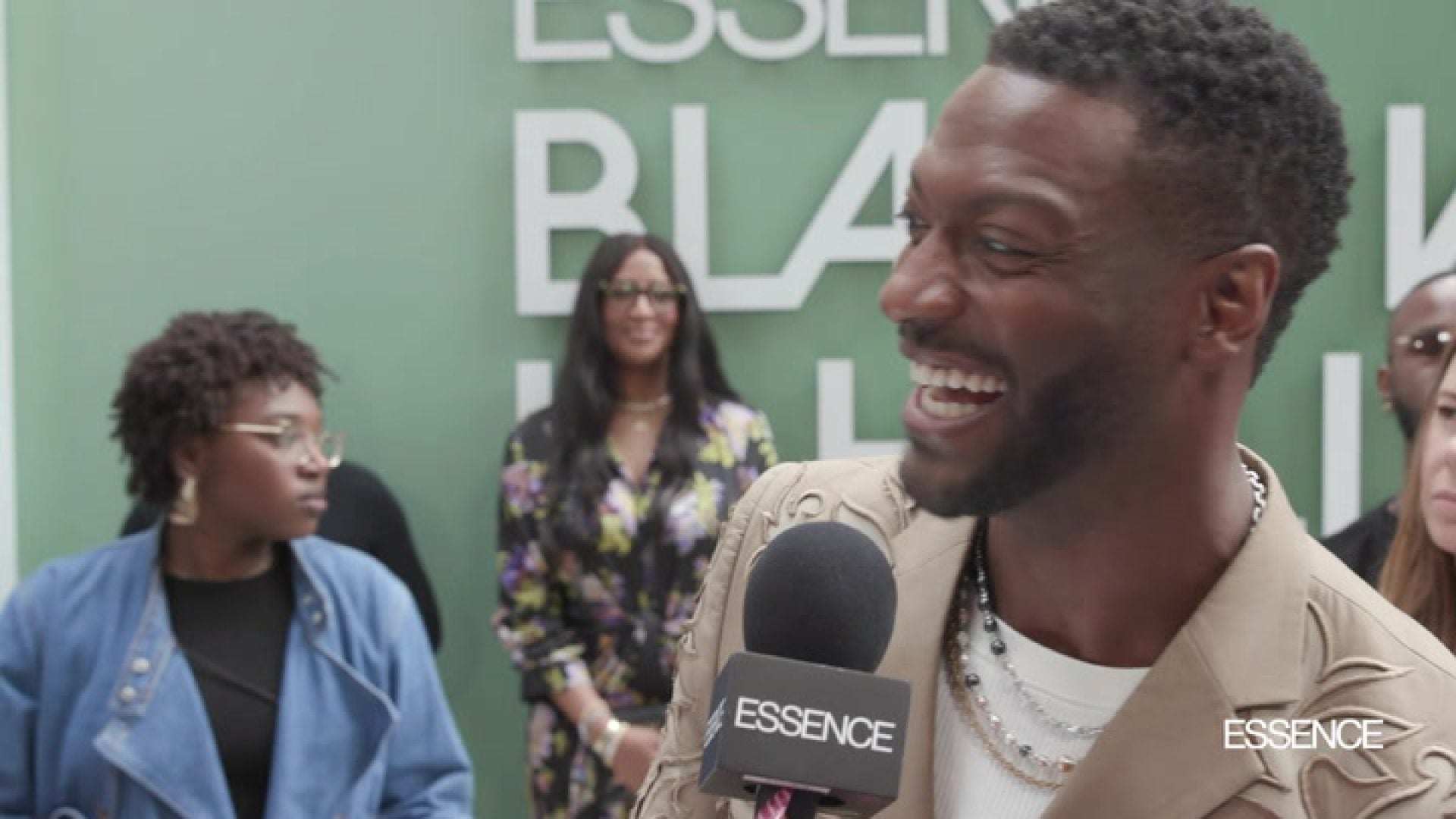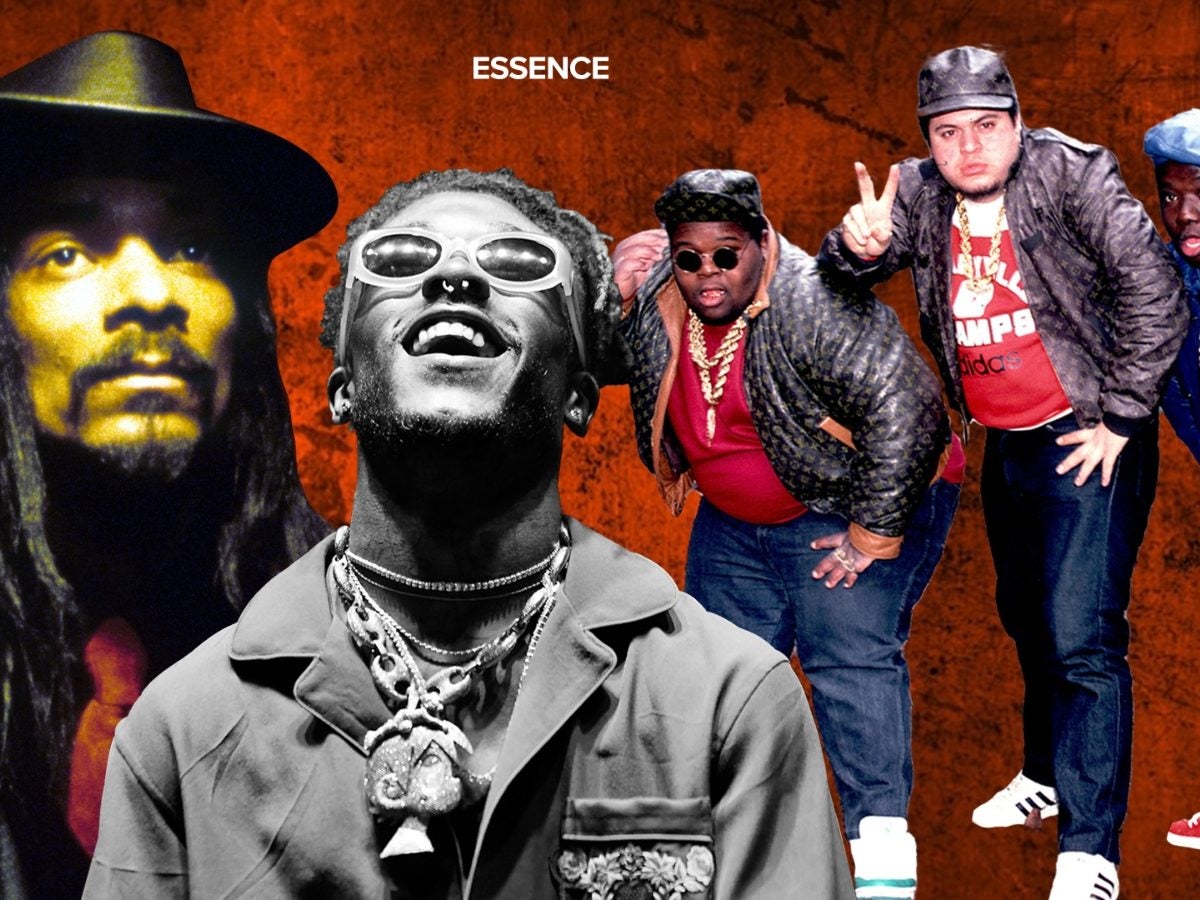
Whether it’s the rush of excitement from an unforeseen fright, or a suspenseful scene forever ingrained in cinematic history, scary movies will always have a place in American culture. Over the years, Black artists have drawn inspiration from the silver screen’s most frightening stories. Early ’80s songs such as Michael Jackson’s “Thriller” or Rockwell’s “Somebody’s Watching Me,” are representative of horror’s intimate relationship with the music industry, but what often goes overlooked is its undeniable connection with hip-hop, and how this classic dynamic still exists today.
One of the first accounts of this long-standing association was Whodini’s “Haunted House of Rock’’ from their eponymous debut album. With this record, the duo created a fictional party attended by the likes of Dracula, Dr. Jekyll & Mr. Hyde, Wolfman Jack, and several of horror’s other central figures. In 1988, The Fat Boys released “Are You Ready For Freddy,” featuring Robert Englund as Freddy Kreuger. A few months later, DJ Jazzy Jeff & The Fresh Prince also dropped a Freddy-inspired track titled “A Nightmare on My Street,” which garnered crossover success, peaking at #15 on the Billboard Hot 100.
With the turn of the next decade the representation of hip-hop expanded into different areas of the country outside of the east and west coasts. Down in Houston, Texas, The Geto Boys – a rap group consisting of Scarface, Willie D, and Bushwick Bill – were making a name for themselves due to their graphic lyrics on topics centering around violence, addiction, and other controversial themes. Their breakout album, We Can’t Be Stopped, birthed the iconic single “Mind Playing Tricks On Me,” where the trio discussed individual experiences of anxiety stemming from the uncertainty of their environment. This groundbreaking song (and one of the first in hip-hop to touch upon mental health) shed light on the horrific nature of crime and poverty; situations that have proven to be much more dangerous than the traditional horror films shown in theaters.
In 1995, Three 6 Mafia released Mystic Stylez, which featured content on drug usage, torture, and death. That same year, the Cleveland-based Bone Thugs-n-Harmony hit the national scene with E. 1999 Eternal, containing occult-inspired songs like “Mo’ Murda,” “East 1999,” and “Mr. Ouija 2.” The macabre content from these collectives – in addition to the aforementioned Geto Boys – was said to have been the impetus for the rap subgenre of horrorcore; the style of music most associated with the indie legend Tech N9ne.
During the mid-to-late 90s, the film industry finally began to embrace hip-hop, starting with Rusty Cundieff’s Tales From the Hood. In what was the perfect visual representation of the coexistence of horror and rap, this anthology flick told terrifying tales, while also implementing the daily struggles of Black people in the United States. Accompanied by a score and soundtrack that included Wu-Tang Clan, Scarface, MC Eiht, and others, Cundieff’s film merged the two genres in one of best scary movies in the modern era. The Halloween franchise featured LL Cool J in 1998’s H20, followed by Busta Rhymes being cast in Resurrection almost four years later. The year 2001 brought about Bones, a supernatural slasher starring Snoop Dogg, which followed a murdered numbers runner that rises from the grave to avenge his death.
The hip-hop and horror combination became less prevalent throughout the early 2000s aside from a few songs here and there, but experienced revival with Kanye West’s chart-topping “Monster,” and the emergence of Odd Future and its de facto leader, Tyler, The Creator. The third single off West’s My Beautiful Dark Twisted Fantasy included appearances from Jay Z, Rick Ross, and Nicki Minaj – whose final verse became iconic. The song contained horror film-influenced concepts, but the video took things to the next level with its heavy portrayal of gothic imagery, including references to American Psycho and Saw.
In regards to Odd Future, their sound was more horrorcore than was their substance, as explained by Tyler himself on the song “Sandwitches.” “I don’t f**kin’ make horrorcore you f**kin’ idiots,” he rapped. “Listen deeper to the music before you put it in a box.”
Long before the resurgence of this subgenre in the 2010’s, plenty of rappers sampled scores from horror films; i.e. Fugees’ “Ready Or Not.” In recent years, acts like Juicy J, Meek Mill, and Big Sean all grabbed melodies from scary movies, and in 2017 Fabolous and Jadakiss dropped a joint album titled Friday on Elm Street; entirely themed after the characters of Freddy and Jason. In 2021, 21 Savage was able to executive produce the soundtrack to Spiral, as well as record its main theme.
Due to their glaring contrasts, it can be easy to dismiss the intersection of horror and hip-hop as an unlikely marriage, but if you thoroughly examine the origins of the latter, the genres actually have much more in common than one would think. Hip-hop was born of the poverty-stricken community, and gave a voice to the misrepresented and disenfranchised. The characters immersed in its early days had to deal with their terror-filled surroundings, along with the brutal realization that tomorrow is considered a luxury, and is never certain.
The violence and suffering associated with horror is all too similar to the stories of survival depicted in many of hip-hop’s greatest symphonies. However shocking rap lyrics are for the listener, it more times than not can be therapeutic for the artist that created it. While horror films are more fiction than fact, it still serves as a brief escape from the disheartening reality of everyday life. So, it shouldn’t be that hard to believe that hip-hop and horror grew to become a match made in heaven – or hell.
